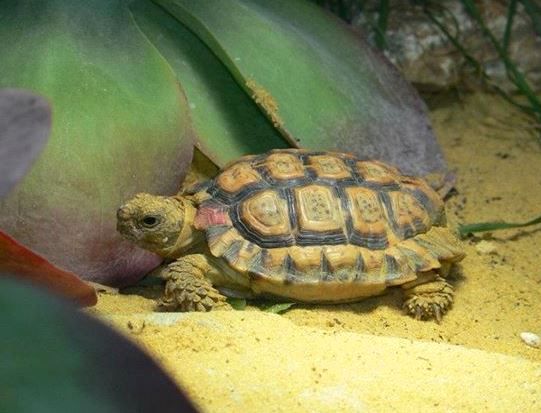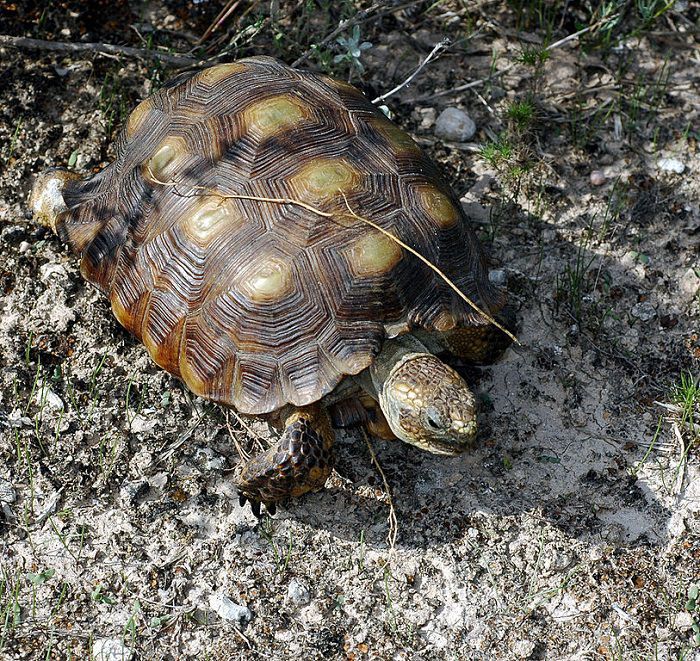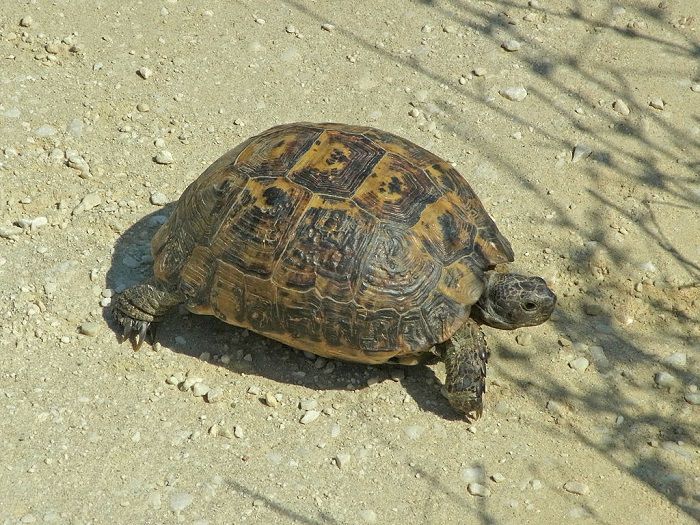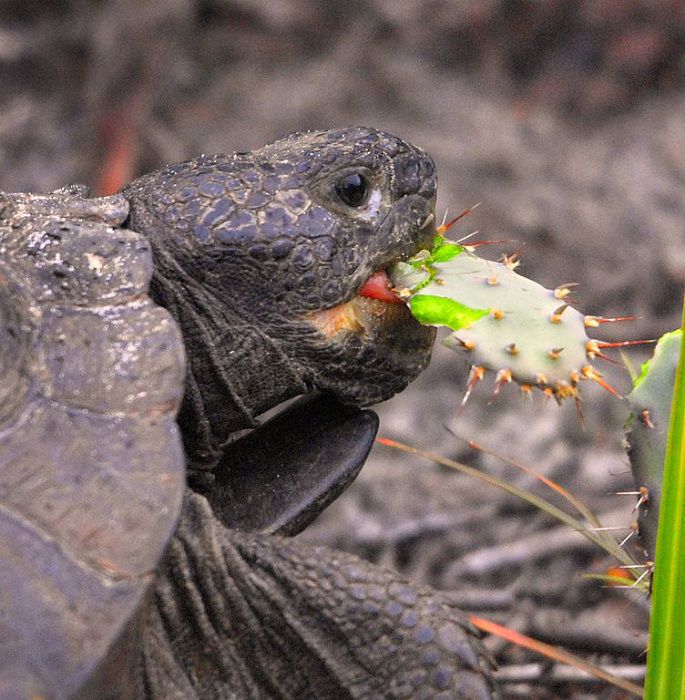Dehydration is a common problem among pet tortoises, and there are many reasons for this. The main cause of dehydration in tortoises is the conditions in which they are kept.
Tortoise owners need to try and create an environment that is as close to their pet’s natural habitat as possible. This would also mean providing artificial heat and UV light. But this often poses a problem in terms of moisture for the tortoise. Within an indoor tortoise enclosure, there is obviously a lack of natural moisture from rain, fog, and dew, from which wild tortoises usually obtain their water.
usually obtain their water.
Tortoise owners can try to address this by providing water bowls for their pet. Oftentimes though, tortoises will not use these bowls, preferring to get their moisture from their food. However, once food has been picked and refrigerated, it tends to lose a lot of its moisture content.
Since dehydration is such a common problem for tortoises, it is essential that owners recognize the signs. Failure to react to dehydration can lead to many problems for your tortoise including issues with the digestive system, bladder stones, and shell deformities. The most obvious signs of dehydration in a tortoise include:
- closed or sunken eyes
- low body weight
- loss of appetite
- lethargy
- dry feces
- reduced urine
- dry, wrinkled skin
- poor muscle tone.

Speckled Cape Tortoise 
Texas Tortoise 
Spur-Thighed Tortoise
What to Do if Your Tortoise is Dehydrated
It is necessary to provide good care to your tortoise if you suspect it is dehydrated. Re-hydrating your pet is essential and this can be done in a number of ways. Some people put their tortoise into a container to soak. If doing this though make sure the water is warm and that it is no higher than the bottom of the creature’s shell. Your vet might advise you to add some electrolytes to the water as this will rehydrate the tortoise quicker. Soak the tortoise for around fifteen minutes and do this a number of times during the day.
As your tortoise may have stopped eating, it might be necessary for you to feed it yourself. If your tortoise is not too dehydrated and ill, you may be able to hand-feed it moisture-rich foods or foods that have been soaked in water. If your tortoise will not eat from your hand, you may need to gently open its mouth and place food inside. This could be necessary if your pet is very weak.
In some cases, tortoises will require syringe feeding. Your vet will advise you on the best course of action after an examination of the animal.
To help your tortoise recover from dehydration, you should do everything you can to keep it comfortable. Try to minimize stress levels by keeping it in a quiet environment. Try raising humidity levels to prevent further dehydration and ensure that the temperature is at comfortable levels. A tortoise likes to be warm but not too hot.
by keeping it in a quiet environment. Try raising humidity levels to prevent further dehydration and ensure that the temperature is at comfortable levels. A tortoise likes to be warm but not too hot.
I advise you to contact your vet for expert advice if you suspect that your tortoise is dehydrated. An exotic vet will examine your pet or advise on the best treatment based on your description of the tortoise’s symptoms.
Photo Credits:
- Featured Image (Gopher Tortoise): Andrea Westmoreland – CC BY-SA 2.0

- Texas Tortoise: Clinton & Charles Robertson
 – CC BY-SA 2.0
– CC BY-SA 2.0
- Speckled Cape Tortoise: Abu Shawka – CC BY-SA 3.0

- Spur-Thighed Tortoise: Donkey shot
 – CC BY-SA 3.0
– CC BY-SA 3.0

